- Messages
- 1,044
- Name
- Billy
- Edit My Images
- Yes
Hi all,
this isn't strictly my first go at shooting the stars, but its the first time I've tried capturing them like this within an actual landscape shot. I'd really appreciate advice on improving settings and processing!
These were both shot with Nikon D7100 + Nikon 10-24mm at ISO800, f/3.5, 30 second exposure. Processed in lightroom and then I did some individual processing of foreground vs sky using layer masks in photoshop, mainly to get the white balance looking more correct in the sky and torch lit bale. I over exposed the bale a bit with too much torch light, but lesson learned!
I initially tried to take two shots for each composition, one focusing on the sky and the other on the bale, but when I was going through them after there didn't seem to be a whole lot of difference so I stuck with just editing the one shot. The two shots here are basically the same, but in the second the foreground doesn't seem as sharp but I think I prefer the sky, which I've added a bit more contrast to compared to the first. Thoughts?
1. (EDIT: see below for re-edit!)
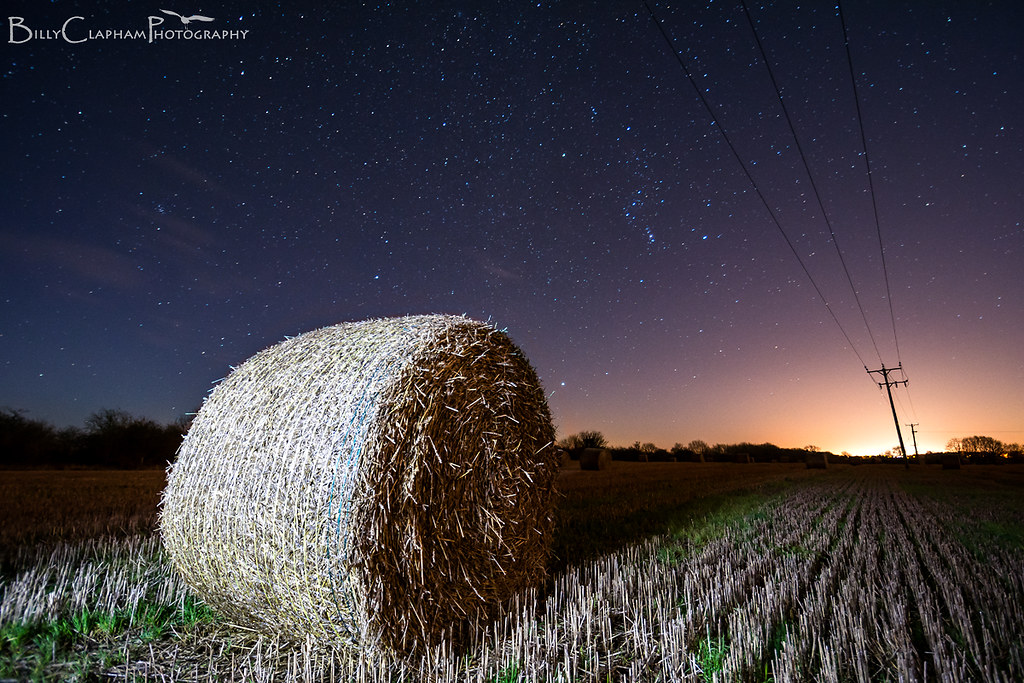
3.
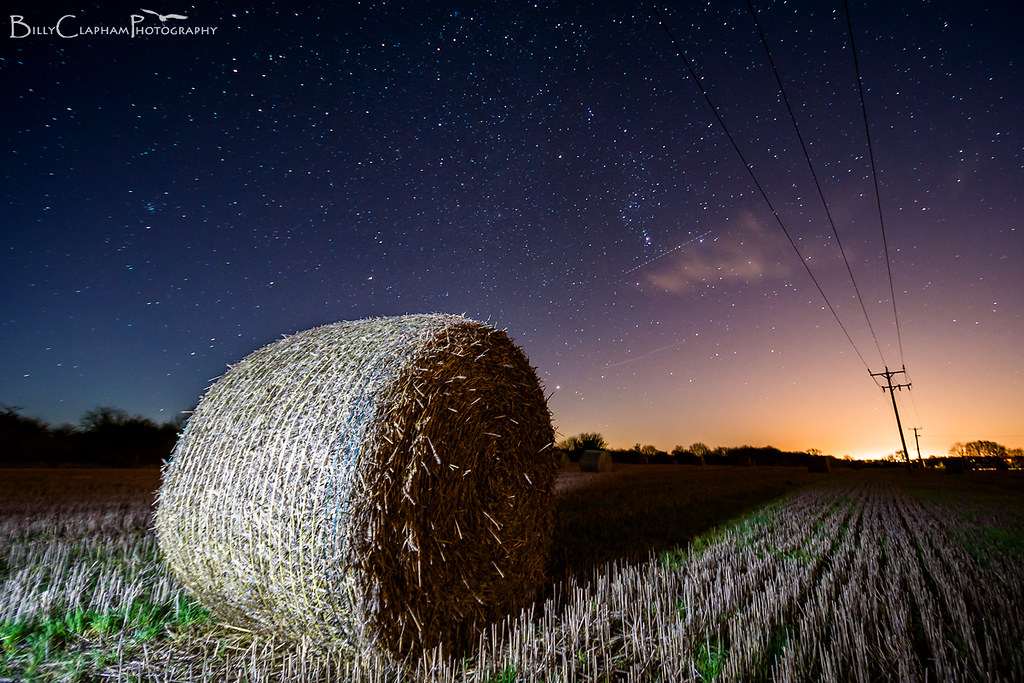
Cheers!
Billy
this isn't strictly my first go at shooting the stars, but its the first time I've tried capturing them like this within an actual landscape shot. I'd really appreciate advice on improving settings and processing!
These were both shot with Nikon D7100 + Nikon 10-24mm at ISO800, f/3.5, 30 second exposure. Processed in lightroom and then I did some individual processing of foreground vs sky using layer masks in photoshop, mainly to get the white balance looking more correct in the sky and torch lit bale. I over exposed the bale a bit with too much torch light, but lesson learned!
I initially tried to take two shots for each composition, one focusing on the sky and the other on the bale, but when I was going through them after there didn't seem to be a whole lot of difference so I stuck with just editing the one shot. The two shots here are basically the same, but in the second the foreground doesn't seem as sharp but I think I prefer the sky, which I've added a bit more contrast to compared to the first. Thoughts?
1. (EDIT: see below for re-edit!)

3.

Cheers!
Billy
Last edited:

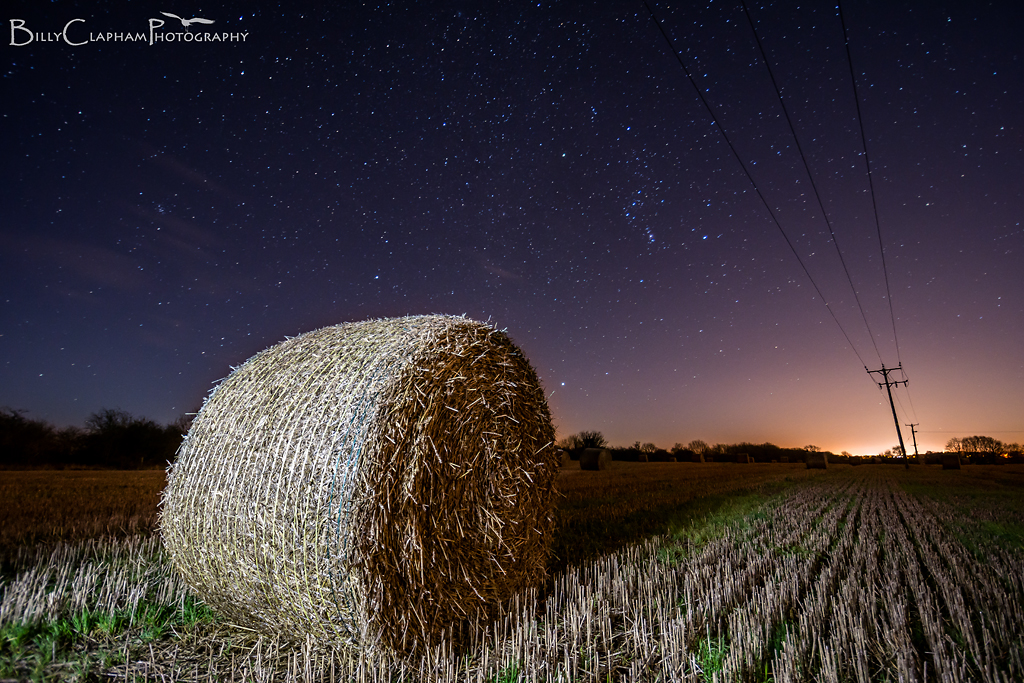
 ........could there possibly have been a little movement in the tripod? ......any breeze at all?
........could there possibly have been a little movement in the tripod? ......any breeze at all?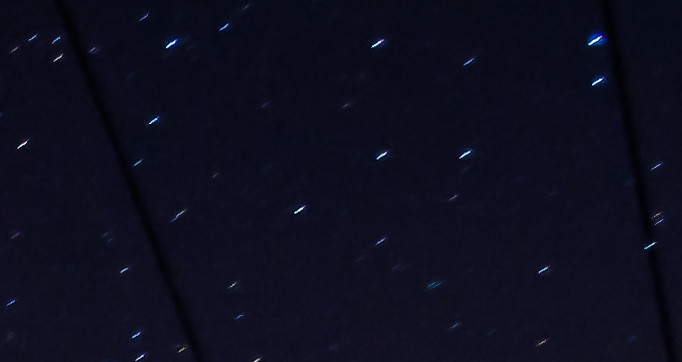
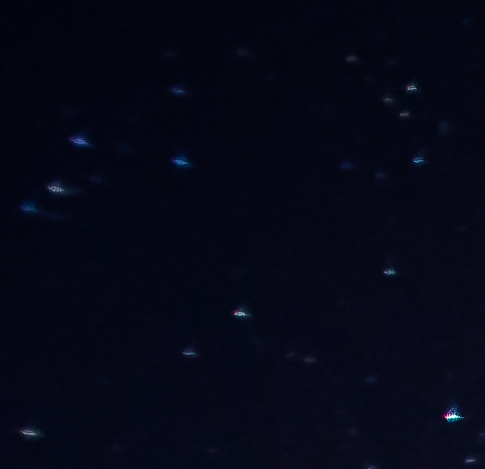

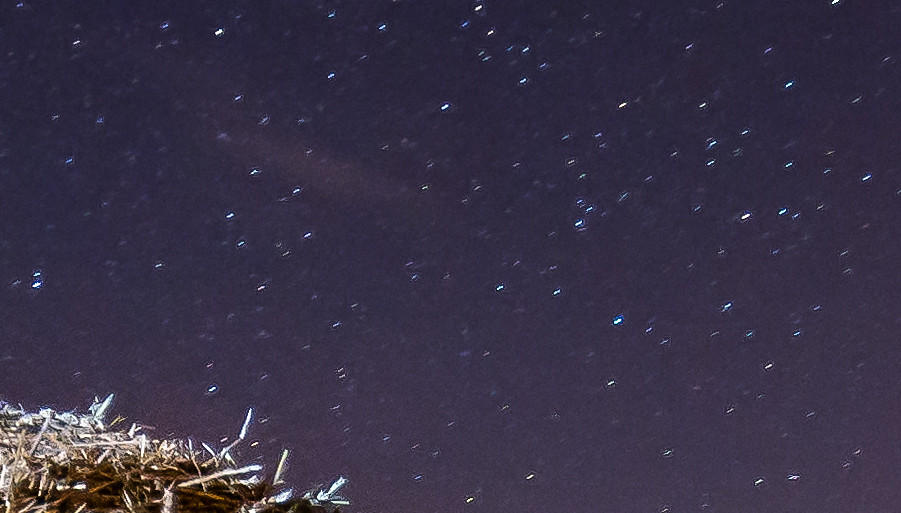

 Window On Other Worlds
Window On Other Worlds Star Wand
Star Wand